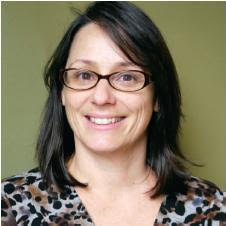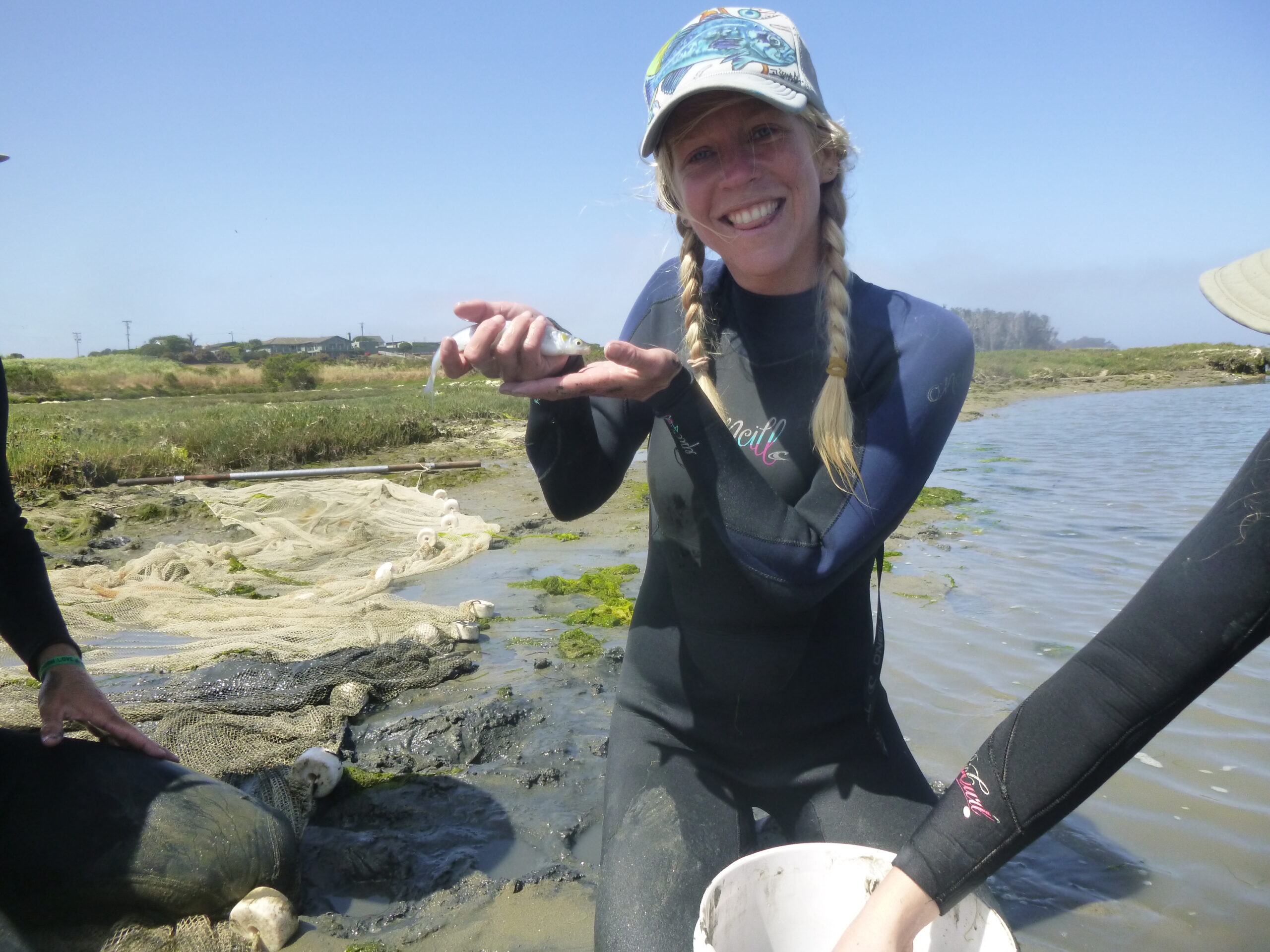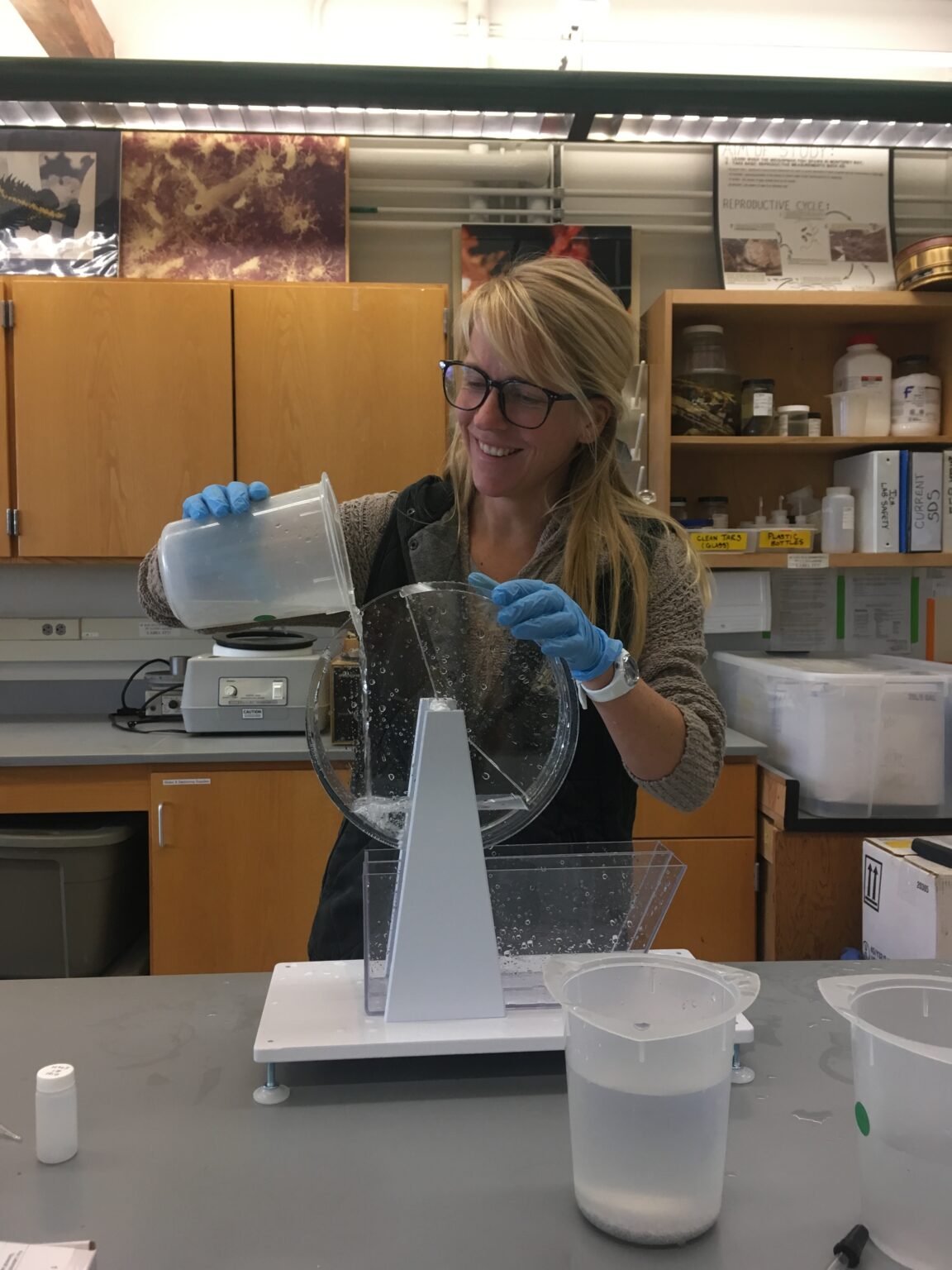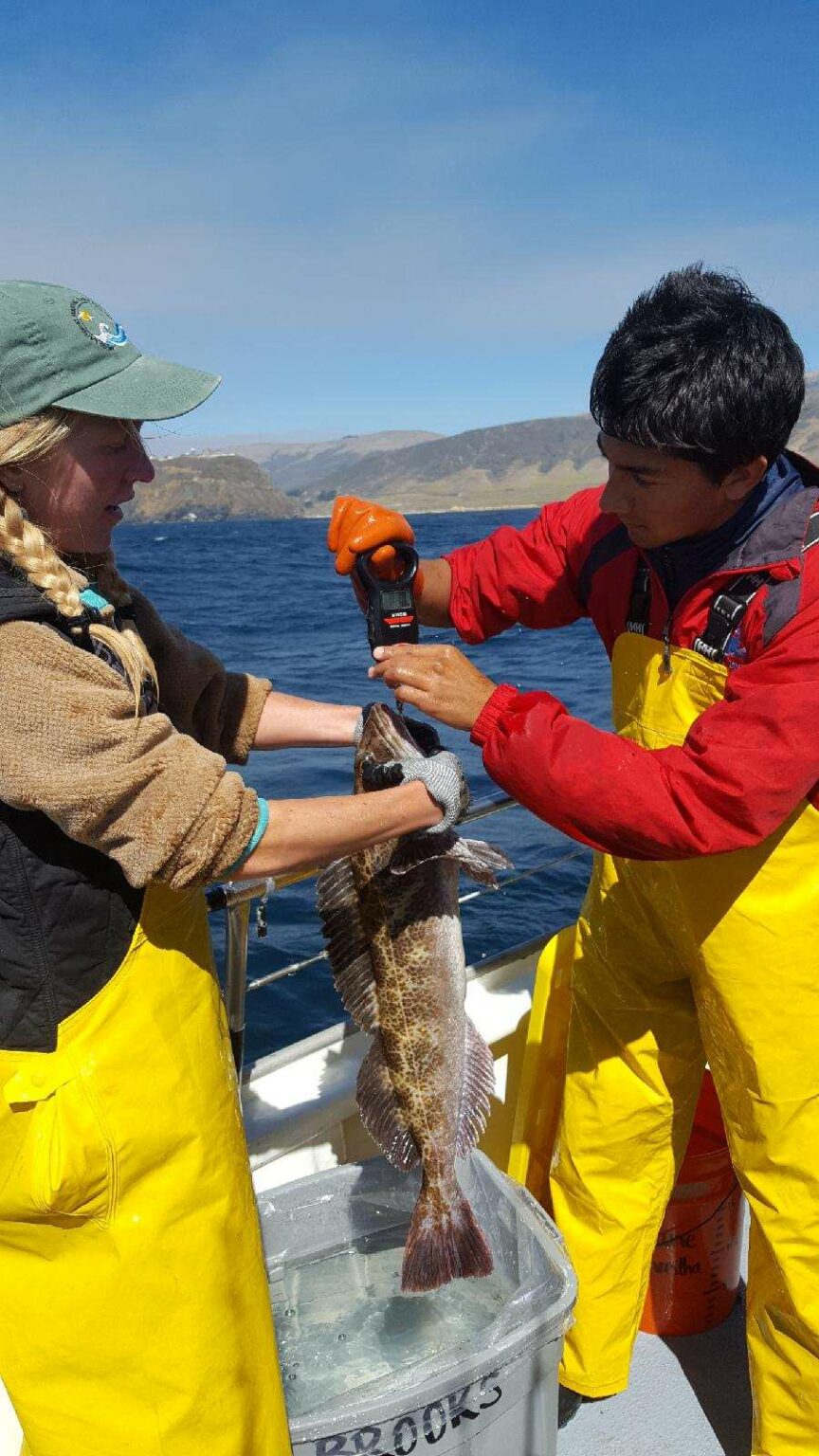Karen Crow-Sanchez, Moss Landing Marine Labs and San Francisco State University
Hosted by the Ichthyology Lab
Presenting: "How the devil ray got its horns: the genetic basis of body plan remodeling in manta rays and their relatives"
MLML Virtual Seminar | September 2nd, 2021 at 4pm
About the speaker:
Karen Crow is a Professor of Biology at San Francisco State University, and will be the MLML Visiting Scientist for the 2021/22 academic year. She earned a B.S. in Environmental Biology from the CSU Northridge, a M.S. in Marine Science from MLML/SFSU, a Ph.D. in Ecology & Evolutionary Biology from the University of California, Santa Cruz, and was a Postdoctoral Scholar at Yale University.
While her training and background is squarely based in evolutionary biology, her interests and research are primarily centered on EvoDevo (Evolutionary Developmental Biology). She studies the evolution of vertebrate diversity by investigating the genetic basis of variation in body plans. She has investigated the evolution of the paddlefish rostrum, barbels in fishes, novel sphincters in gobies, fin and limb modifications in batoids and other fishes, and the role of genome duplication on body plan evolution and diversity of teleosts. Because reproduction is the currency of fitness, she also investigates alternative reproductive strategies in derived vertebrates including surfperches (the only vertebrate that gives birth to "teenagers"), pipefishes (the only vertebrate that exhibits male pregnancy) , and bidirectional sex change in gobies (the ultimate in gender flexibility).






